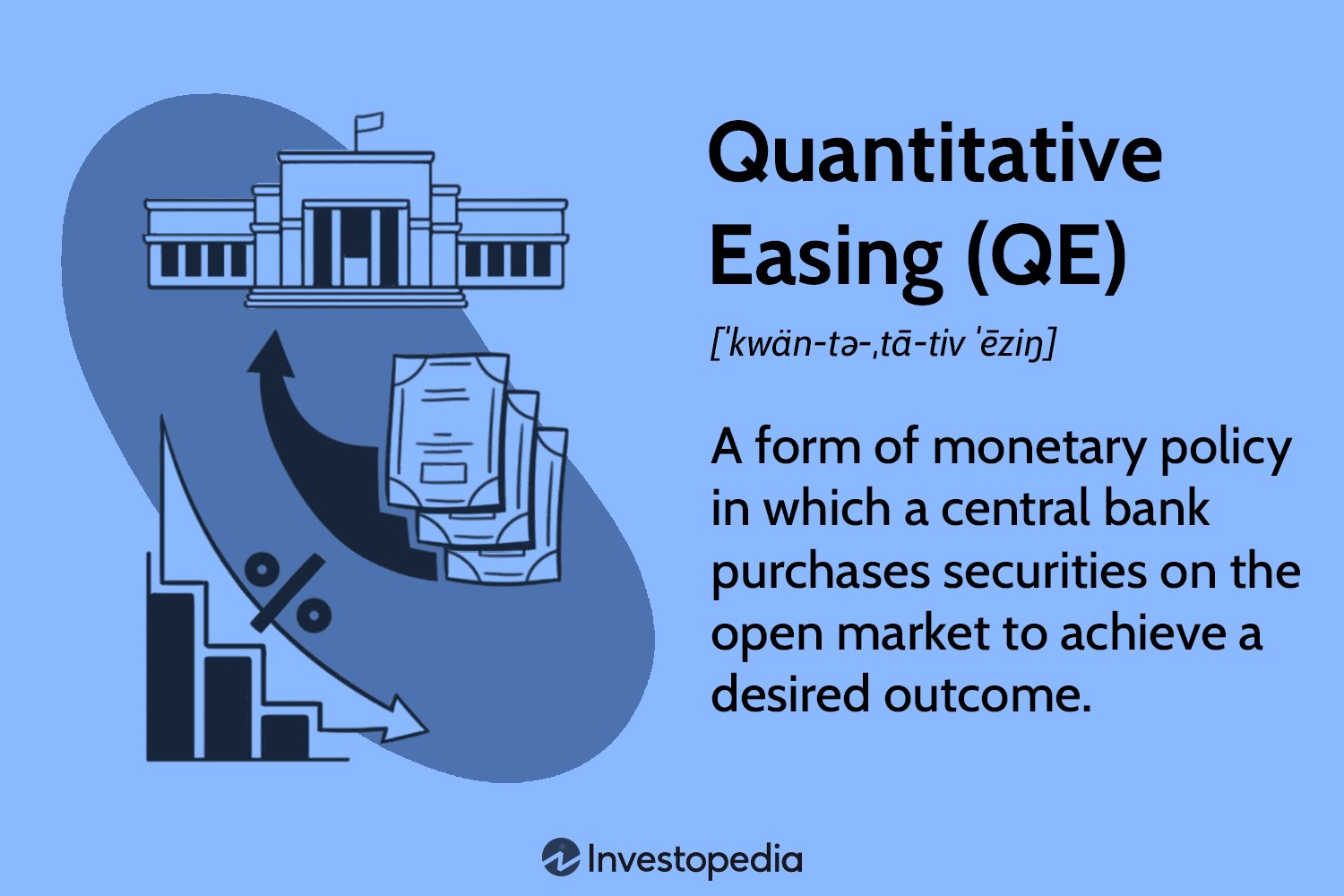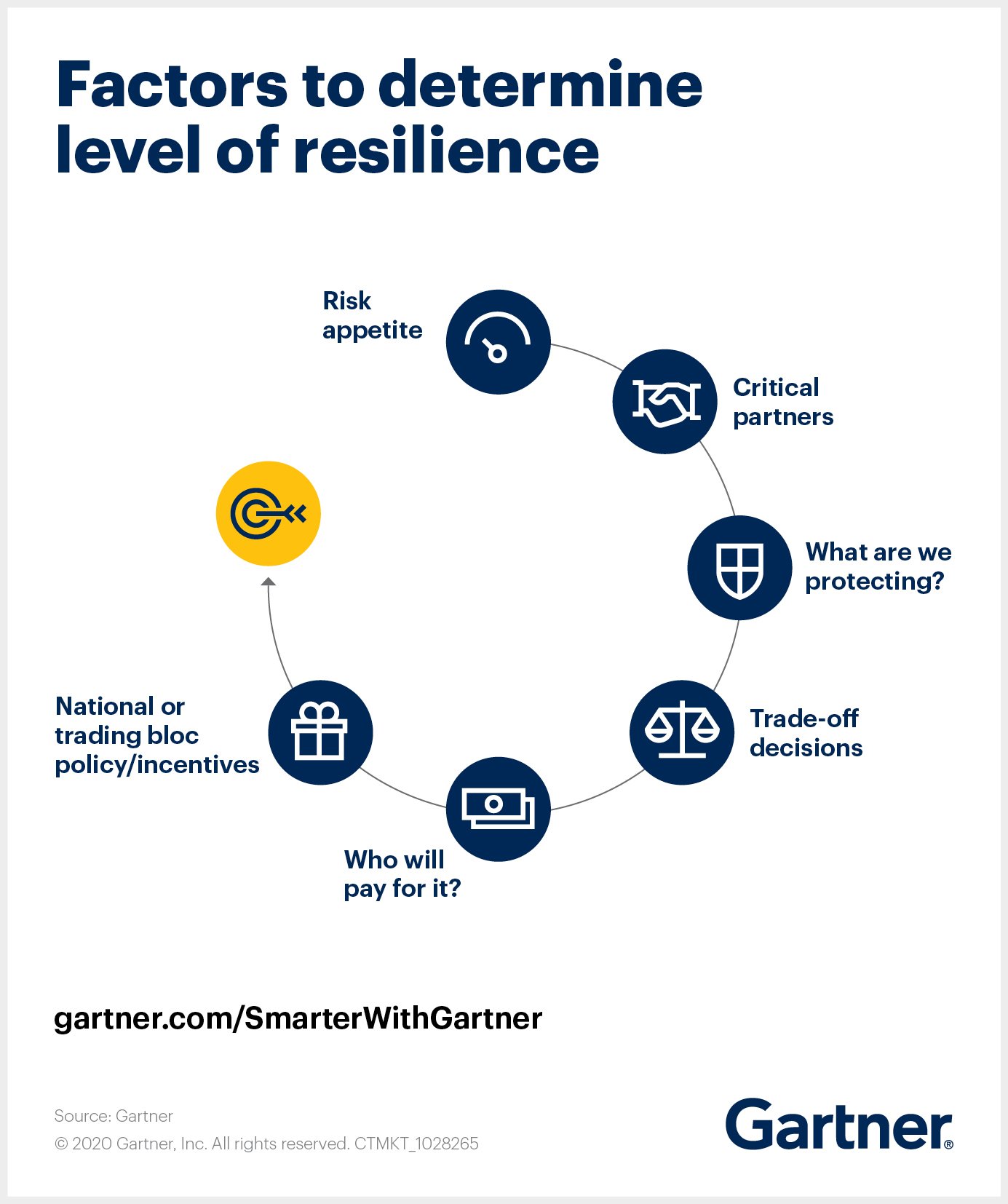Quantitative easing and its economic impact have been hot topics in recent times. So, what exactly is quantitative easing and how does it affect the economy? Well, quantitative easing refers to a monetary policy implemented by central banks to stimulate economic growth and increase liquidity. Essentially, it involves the central bank purchasing financial assets, such as government bonds, from commercial banks, injecting money into the economy. This influx of funds aims to encourage lending and investment, ultimately boosting economic activity. However, the effectiveness and potential consequences of quantitative easing remain subjects of debate among economists. Let’s delve deeper into this fascinating concept and explore its economic ramifications.
What is Quantitative Easing and Its Economic Impact
Introduction to Quantitative Easing
Quantitative easing (QE) is an unconventional monetary policy tool used by central banks to stimulate the economy. It involves the purchase of government bonds or other financial assets from commercial banks and financial institutions. The goal is to increase the money supply, lower interest rates, and encourage lending and investment. This article will delve into the concept of quantitative easing and its economic impact.
How Quantitative Easing Works
Quantitative easing typically involves three main steps:
1. Bond Purchases: Central banks, such as the Federal Reserve in the United States, buy government bonds from banks and financial institutions. These purchases inject money into the financial system and increase the reserves held by banks.
2. Increased Liquidity: With more money in their reserves, banks have the ability to lend more to businesses and individuals. This increases the liquidity in the financial system, making it easier for borrowers to access credit.
3. Lower Interest Rates: The increased demand for government bonds reduces their yields, which in turn lowers interest rates. Lower interest rates encourage borrowing and investment, as the cost of borrowing decreases.
The Economic Impact of Quantitative Easing
Quantitative easing can have several economic impacts, including:
1. Stimulating Economic Growth
By lowering interest rates and increasing the availability of credit, quantitative easing aims to stimulate economic growth. The injection of liquidity into the financial system encourages lending and investment, which can lead to increased consumer spending, business expansion, and job creation. These factors contribute to overall economic growth.
2. Boosting Asset Prices
Quantitative easing can have a significant impact on asset prices, including stocks, bonds, and real estate. As central banks buy government bonds and other financial assets, demand increases, leading to higher prices. This can benefit investors and asset holders, as their holdings appreciate in value. However, it can also lead to concerns about asset price bubbles and potential market distortions.
3. Reducing Interest Rates
One of the primary goals of quantitative easing is to lower interest rates. Lower interest rates can make borrowing more affordable for businesses and individuals, incentivizing spending and investment. Reduced interest rates also make it more attractive for consumers to take out loans for major purchases like homes and cars, stimulating demand in these sectors.
4. Combating Deflation
Quantitative easing is often employed as a tool to combat deflation, a sustained decrease in the general price level of goods and services. By increasing the money supply and encouraging lending, central banks aim to prevent a deflationary spiral, where falling prices lead to reduced consumer spending and further economic slowdown. Quantitative easing can help stabilize prices and promote inflation.
5. Exchange Rate Effects
Quantitative easing can also influence exchange rates. As central banks implement QE policies, interest rates in their respective countries tend to decrease. This can result in a devaluation of the currency relative to other currencies, making exports more competitive and potentially increasing economic activity. However, it can also lead to concerns about currency wars and trade imbalances.
6. Potential Risks and Challenges
While quantitative easing can have positive economic impacts, it also carries certain risks and challenges. Some of these include:
– Inflationary Risks: Excessive money supply growth resulting from quantitative easing can potentially lead to inflation. Central banks need to carefully manage the process to avoid an uncontrollable rise in prices.
– Asset Price Bubbles: The increased liquidity injected into financial markets through quantitative easing can contribute to asset price bubbles. These bubbles can burst, leading to financial instability and market volatility.
– Unequal Distribution of Benefits: Quantitative easing can disproportionately benefit asset holders and large corporations, potentially exacerbating income and wealth inequality.
– Exit Strategy: Eventually, central banks need to withdraw or taper their quantitative easing measures. The timing and execution of the exit strategy must be carefully planned to minimize disruptive effects on the economy.
Quantitative easing is a powerful tool used by central banks to stimulate economic growth, combat deflation, and lower interest rates. While it can have positive impacts on the economy, it also carries risks and challenges that need to be carefully managed. Understanding how quantitative easing works and its economic impact is crucial for policymakers, investors, and individuals alike. By employing this unconventional monetary policy tool effectively, central banks can help support and stabilize economies in times of crisis.
Economics explainer: What is Quantitative Easing?
Frequently Asked Questions
Frequently Asked Questions (FAQs)
What is quantitative easing?
Quantitative easing (QE) is an unconventional monetary policy implemented by central banks to stimulate the economy. It involves the purchase of government bonds or other financial assets by the central bank to increase the money supply and lower interest rates.
How does quantitative easing work?
Quantitative easing works by injecting liquidity into the financial system. The central bank purchases government bonds or other assets from commercial banks and other financial institutions. This increases the reserves of these banks, enabling them to lend more money to businesses and individuals, stimulating economic activity.
What is the purpose of quantitative easing?
The purpose of quantitative easing is to stimulate economic growth and combat deflation or recession. By increasing the money supply and lowering interest rates, quantitative easing encourages borrowing and investment, which promotes spending and boosts the overall economy.
What are the potential benefits of quantitative easing?
Quantitative easing can have several benefits. It can lower interest rates, making borrowing cheaper for businesses and individuals. It can also help stabilize financial markets and prevent a credit crunch. Additionally, quantitative easing can stimulate investment and consumption, leading to increased economic activity.
What are the risks associated with quantitative easing?
While quantitative easing can have positive effects, there are also risks involved. One risk is the potential for inflation if the increase in the money supply exceeds the growth of the economy. Another risk is that quantitative easing may not have the desired impact on the economy if banks hoard the additional reserves instead of lending them out.
What is the economic impact of quantitative easing?
The economic impact of quantitative easing can vary. In the short term, it can stimulate economic activity, increase asset prices, and lower borrowing costs. However, over the long term, it may lead to inflationary pressures and distortions in financial markets. The effectiveness of quantitative easing depends on various factors, including the state of the economy and the specific measures implemented.
Has quantitative easing been used before?
Yes, quantitative easing has been used by several central banks around the world. It gained prominence during the global financial crisis of 2008 when central banks implemented QE measures to stabilize economies and prevent further downturns. It has also been used in subsequent years in response to economic challenges.
How long does quantitative easing typically last?
The duration of quantitative easing programs can vary depending on the economic conditions and goals of the central bank. It can be implemented for several months or years, with the central bank gradually reducing or ending the program once the desired economic outcomes are achieved. The decision to end quantitative easing is based on an assessment of its effectiveness and potential risks.
Final Thoughts
Quantitative easing is a monetary policy tool used by central banks to stimulate the economy. By purchasing government bonds and other financial assets, central banks inject money into the economy, increasing liquidity and lowering interest rates. This, in turn, encourages lending and spending. The economic impact of quantitative easing can be significant. It can boost stock markets, promote economic growth, and help to alleviate deflationary pressures. However, it also carries risks such as inflation and potentially creating asset price bubbles. Overall, understanding quantitative easing and its economic impact is crucial for policymakers and investors alike.



